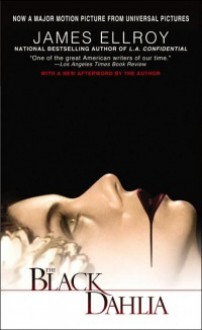
It’s difficult to not make a review of THE POSTMAN ALWAYS RINGS TWICE into a comparison the author’s most acclaimed noir novels, DOUBLE INDEMNITY. Both involve a couple who attempt to commit the perfect murder, both focus on how the main characters’ flaws manifest post-murder, and both have insurance fraud playing a major part of the proceedings. However, they both handle the subject matter in different fashions.
This “long short story,” which Penguin Random House claims was banned in Boston upon release, is story of a drifter who falls in love with a married woman who, naturally, has no interest in staying married for long. The story follows both the legal and psychological aftermath to committing murder, as depicted through the peaks and crashes of their illicit affair. The sex is explicit, the action is violent, and corruption reigns over all—Cain leaves nothing to the imagination, and the book can still shock readers to this day. The hard-boiled narrative has a raw quality to it that few authors ever manage to pull off, and makes the grit feel more like realistic than stylistic in turn.
Despite the interesting premise, the book doesn’t quite deliver in execution. While it’s hard to ignore Cain’s unique voice, it’s also very, very apparent that this was a first novel. It skims past some of the best plot twists and character development, while lingering too long on boring diversions and shallow introspection. History hasn’t been kind to THE POSTMAN ALWAYS RINGS TWICE either, since the story feels generic in the sea of noir fiction that developed in the eighty-two years following the book’s original publication.
While I’m not one to be put off by the poor representation of ladies in early 20th century man-oriented literature, the main character’s attitude towards women becomes irritating after a while. The only two ladies in the entire book seem to exist to fall for his uncharismatic attitude within five minutes or be straight up ogled by the narration. It’s especially frustrating in the terms of Cora, the femme fatale of the story. Cain would rather describe the exact size and perkiness of her breasts instead of her personality, despite having all the tools to make a dynamic character out of her. At least she had a satisfying arc in between the descriptions of her figure.
In the end, it’s surprisingly mediocre for such a landmark piece of roman noir. Readers would be better off with DOUBLE INDEMNITY, as it’s better written and tackles the subject matter with greater finesse.

 Log in with Facebook
Log in with Facebook 






